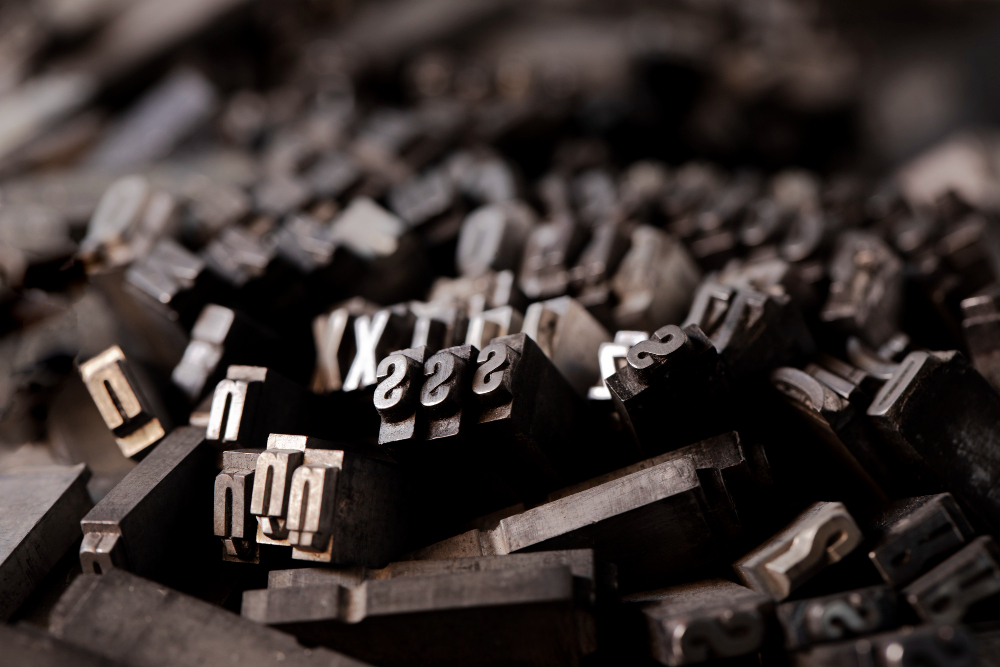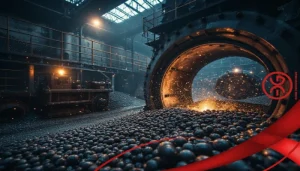Selecting the appropriate grinding media is crucial for optimizing the efficiency and quality of the milling process. The right choice of media depends on the specific requirements of each milling operation and the desired characteristics of the final product. In this article, we delve into the process of selecting the right grinding media. From material composition, size, shape, hardness, and cost considerations to the unique needs of the process, all aspects must be carefully evaluated when choosing these media. With the right selection, the performance and quality of the milling process improve, resulting in higher-quality products.
Step-by-Step Selection Guide
Selecting the appropriate grinding media for ball milling requires a systematic approach to ensure alignment with operational objectives, material properties, and budgetary considerations. Here’s a step-by-step guide to assist in this pivotal decision-making process:
Step 1. Evaluating Milling Needs:
The initial phase involves a comprehensive evaluation of the material slated for milling. Assess its hardness, abrasiveness, and chemical attributes. Clearly define the desired properties of the end product, including particle size, morphology, and purity. Also, consider milling parameters such as mill type, rotational speed, duration, and whether the process is wet or dry. These variables will shape the choice of the most appropriate grinding media.
Step 2. Contrasting Media Varieties:
Having understood the milling prerequisites, juxtapose the available grinding media types. Ceramic balls, prized for their durability and low contamination risk, excel in applications demanding high purity. Steel balls, celebrated for their resilience, find utility in rugged milling tasks where material toughness is pivotal. Evaluate the merits and demerits of each media type concerning material composition, size, shape, hardness, density, and cost-effectiveness. This comparative analysis should harmonize with the milling requisites and operational objectives outlined in the initial step.
Step 3. Experimentation and Validation:
Prior to finalizing the choice, initiate trial experiments using the chosen grinding media. These trials enable real-world assessment of media performance under actual milling conditions, shedding light on wear patterns, efficiency, and their impact on product quality. They also provide an opportunity to fine-tune milling parameters for process optimization. This step is crucial for ensuring that the selected grinding media aligns with expected outcomes while mitigating unforeseen challenges or expenses.
This concise summary encapsulates the pivotal steps and considerations for grinding media selection, streamlining the decision-making process. By adhering to this systematic approach, you can confidently select grinding media that not only meets your milling process’s specific needs but also contributes to its overall success and cost-effectiveness.
Case Studies and Illustrative Examples
In the pharmaceutical sector, a shift to ceramic grinding balls yielded substantial enhancements in the purity and quality of active pharmaceutical ingredients (APIs). A noteworthy instance involved a manufacturer grappling with contamination challenges associated with steel balls, which compromised the uniformity and efficacy of their pharmaceutical products. Upon transitioning to zirconia balls, they witnessed a significant enhancement in product purity, devoid of any detectable contamination, leading to improved drug efficacy and patient safety.
In the realm of mining, a copper processing facility encountered difficulties with inefficient ore grinding when using conventional steel balls, resulting in subpar mineral recovery rates. Following an analysis of their milling conditions, they opted for high-density steel balls, offering the requisite impact strength to more effectively break down the copper ore. This strategic adjustment led to a discernible uptick in recovery rates, underscoring the pivotal role that appropriate grinding media can play in driving operational success and financial viability within mineral processing operations.
Conclusion
In summary, the meticulous selection of grinding media stands as a cornerstone in maximizing the efficiency and efficacy of ball milling endeavors. Through a blend of careful considerations and tangible case studies, it becomes evident that the appropriate choice of grinding media holds the power to significantly shape the quality of the final product, operational expenses, and overall process outcomes. Whether aiming to refine product purity within pharmaceuticals or elevate recovery rates in mineral processing, the ramifications of this decision transcend mere financial implications to profoundly influence the fundamental objectives of milling endeavors.
We advocate for readers to embrace the structured step-by-step guide provided herein to navigate the intricacies inherent in grinding media selection. By methodically assessing milling prerequisites, comparing the attributes of diverse media variants, and conducting meticulous trial assessments, informed decisions can be made to optimize milling operations. Such a proactive stance not only ensures the realization of desired milling outcomes but also fosters sustainability and cost-effectiveness across production processes. Let this guide serve as a compass in refining milling strategies, ensuring that each choice pertaining to grinding media advances you closer to operational brilliance and triumph.
Frequently Asked Questions
- Why is selecting the right grinding media important in ball milling?
The selection of grinding media significantly influences the effectiveness, quality, and economic viability of ball milling operations.. Different types of media offer unique characteristics that can affect factors such as particle size distribution, product purity, and milling efficiency, making it crucial to select the most suitable option for specific milling requirements.
- What factors should be considered when choosing grinding media?
Several factors should be taken into account, including material composition, size and shape, hardness and density, and cost-effectiveness. Each factor plays a role in determining the media’s performance in terms of wear rate, milling efficiency, and impact on the final product quality. Assessing these factors helps in making an informed decision that aligns with the objectives of the milling process.





